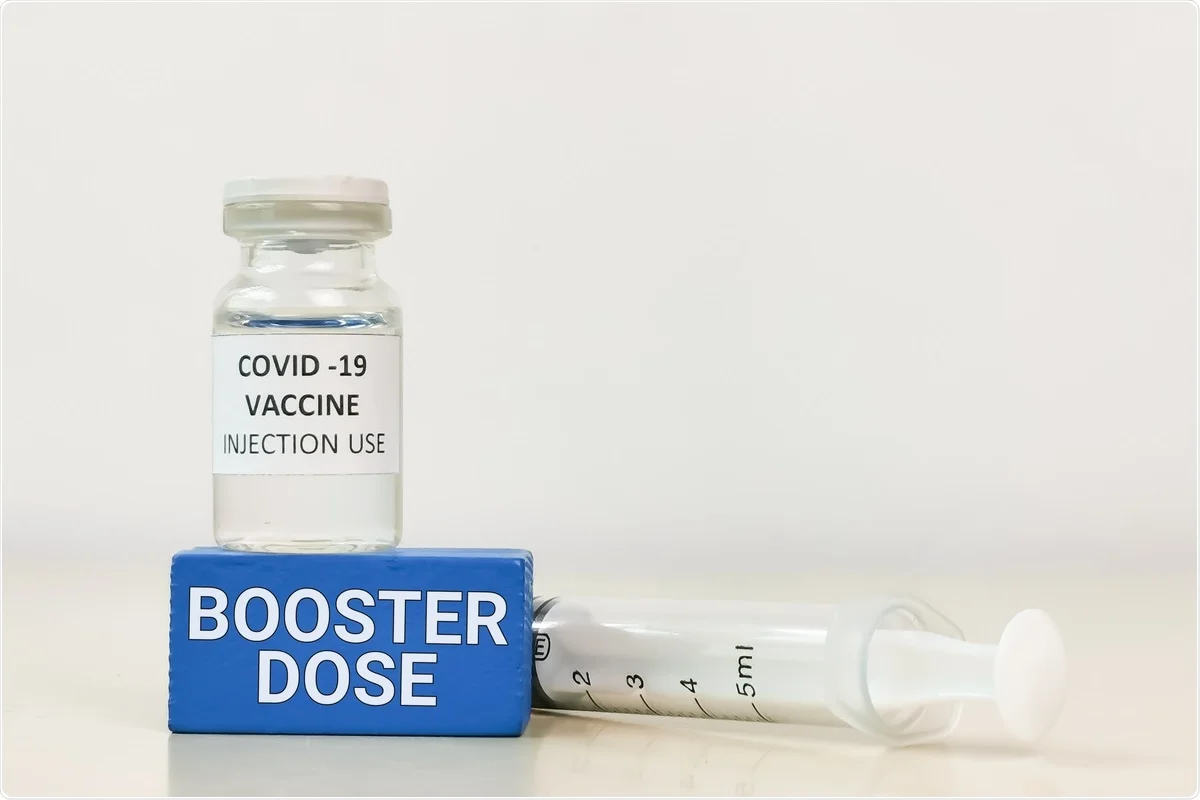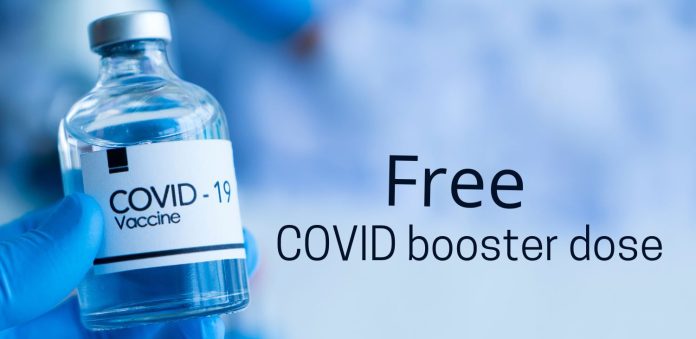- Many advanced and developed countries have already administered two or more booster doses to their citizens to thwart the advancement of the dreaded novel Coronavirus and its various variants. That the vaccination has greatly succeeded in keeping the hospitalization and mortality rates of the infected to a manageable number is in itself an achievement of sorts. Where does India stand on the vaccination front, more specifically administering booster or precautionary doses? Not much one must say. It appears the decision-making process over the booster doses has been a tad late for one’s comfort.

PC: Dr. Sanchari Sinha Dutta
- However, India’s cumulative vaccination coverage crossing the 2 billion doses recently is a monumental achievement for sure. The announcement of free booster doses apparently has galvanized the eligible citizens to receive their jabs from the government health centers with more intent and enthusiasm. Remember, India’s vaccination coverage has crossed 66% of the population for the full protocol of two doses which is the most important health intervention in the fight against Covid. The invaluable lessons from its rollout will help combat future health emergencies.
- As reported, the overall cost of vaccination has been modest. By February 7, the vaccination coverage hit 1.7 billion for a total cost of Rs. 27,945 crores, less than 1% of the overall Union budget expenditure for 2021-22. Not many expenses considering the overall health of our GDP. Mind you, a key reason for the rapid ramp-up of vaccination in the second half of 2021 was that it was free in government centres. There are two reasons why this helped. Out-of-pocket expenditure on overall health spending in India is a whopping 65%, a relatively high level. Additionally, Covid extracted an economic cost in terms of job losses to a great extent.

PC: Aman Rawat
- Given these factors, free vaccination was critical in expanding coverage fast. Unfortunately, India’s booster coverage program didn’t capitalize on these critical but obvious lessons. Remember, boosters were initially not free for adults. Some states showed what was missing. Bihar, for example, in the last week of April made boosters free for everyone over 18 years and uptake dramatically increased after that. Statistics reveal that from the last week of April to July 9-15 week, there was almost an eight-fold increase in uptake, to 8.37 lakh. Further, even Union Government’s free booster announcement resulted in an immediate uptick, and it contributed to around 80% of the total jabs per day over the last week.
- In hindsight, some missteps in the booster policy could have been avoided. Local trials in the booster were belated and when the rollout did start, India avoided heterologous boosting. Results of the trials conducted by CMC Vellore show that heterologous boosting provides enhanced immunity. One obvious lesson for Governments is to understand that the collective benefits of public health interventions far exceed any cost. Thus, it is incumbent that the Governments treat public health as a crucial public good.






